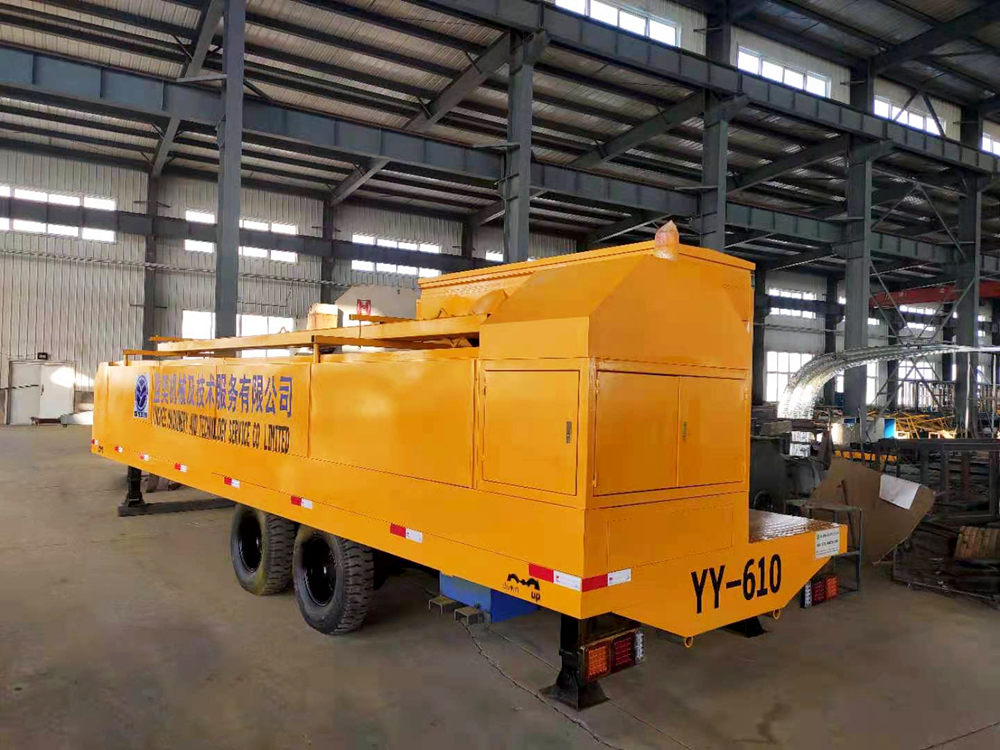
Understanding Cable Tray Machines Innovations and Benefits
In today's fast-paced industrial landscape, the management of electrical wiring and cabling is crucial for ensuring safety, organization, and system integrity. One of the key components in managing electrical infrastructure is the cable tray, which provides support, protection, and organization for cables. The advent of cable tray machines has revolutionized how these trays are manufactured, offering numerous benefits in terms of efficiency, customization, and ease of installation.
What is a Cable Tray Machine?
A cable tray machine is a specialized piece of equipment designed to produce cable trays from various materials such as steel, aluminum, and fiberglass. These machines streamline the manufacturing process, allowing for high-volume production and precise specifications. By automating the fabrication of cable trays, industries can ensure consistent quality and reduce labor costs, making products more cost-effective and competitive.
Components of Cable Tray Machines
Typically, a cable tray machine consists of several core components 1. Material Uncoilers These are used to feed raw material into the machine. They can accommodate various roll sizes, allowing for flexibility in production efficiency. 2. Forming Stations Here, the raw material is shaped into cable trays. These stations usually include rollers and dies that can bend, cut, and shape the metal or plastic into the desired profile. 3. Cutting Units Once the trays have been formed, they need to be cut to specific lengths. Automated cutting units ensure precision and reduce material waste. 4. Welding Stations For steel and aluminum trays, welding may be required at certain junctions. This is often done using robotic welders that ensure strong and durable joints. 5. Finishing/Coating Equipment To enhance durability against corrosion and damage, trays can be finished or coated. This can include galvanizing or powder coating, which also improves aesthetics.
Innovations in Cable Tray Technology
In recent years, technological advancements have significantly improved cable tray machinery. For instance, machines are now equipped with digital controls and software that allow operators to program various tray sizes and types with ease. This flexibility ensures manufacturers can quickly respond to market demands and customize products according to client specifications.

The integration of computer-aided design (CAD) software is another major innovation. It allows for the simulation of the tray manufacturing process, enabling designers to make modifications before physical production begins. This not only saves time but also resources, as potential design flaws can be detected and corrected early in the process.
Benefits of Using Cable Tray Machines
1. Increased Efficiency Automated machines significantly reduce the time taken to produce cable trays, allowing manufacturers to meet the demands of large projects without sacrificing quality. 2. Cost-Effectiveness By minimizing labor costs and reducing waste through precise cutting and forming, companies can enhance their profitability.
3. Customization Modern cable tray machines can easily adapt to produce various sizes, shapes, and materials based on specific needs, allowing for a tailored solution for every project.
4. Quality Assurance The automated processes minimize human error, ensuring that each tray produced meets the exact specifications required for safety and functionality.
5. Eco-Friendly Production Many machines are designed to be more energy-efficient and can recycle offcuts and scrap materials, contributing to sustainability efforts.
Conclusion
The impact of cable tray machines in the manufacturing sector cannot be overstated. With the growing demand for organized and efficient electrical installations across various industries, these machines play a vital role in producing the infrastructure that supports modern electrical needs. As technology continues to evolve and improve, we can expect even more innovations in cable tray machinery, further enhancing manufacturing processes and contributing to safer, more organized electrical environments. The future of cabling infrastructure looks promising, thanks to these essential machines that are foundational in supporting our electrical systems.